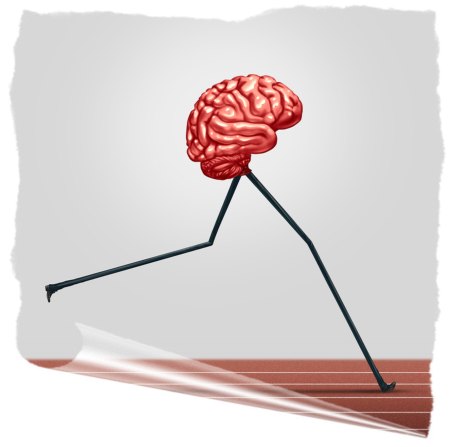
Most parents naturally want to protect their children from physical and emotional harm. But, have parents taken it too far? Could this good intention now be dismantling this generation of confidence and increasing their fragility?
In a recent article in The Atlantic, journalists Greg Lukianoff and Jonathan Haidt highlight a trend at American colleges and universities where students are increasingly demanding safeguards from words and ideas they don’t like. A part of the trend includes alerts or trigger warnings professors must announce if something in their coursework might produce a strong emotional response. For example, the article notes, F. Scott Fitzgerald’s The Great Gatsby contains physical abuse and a hatred of women. Thus, the professor would notify students of this fact so students who previously have been abused by similar hatred or violence can choose to avoid this book if they expect it to ‘trigger’ their past trauma (Lukianoff, 2015).
Such a warning appears to suggest it is now more important to protect a student from any kind of psychological harm than to teach, think, and reason. It is now more important to shelter students from any discomfort including a classical piece of literature that has been read and used in higher education disciplines for decades.
Anxiety Trend and Cognitive Behavioral Therapy
While not causal, this trend emerges at the same time rates of mental illness in young adults. In a 2014 survey by the American College Health Association, 54 percent of college students reported they had ‘felt overwhelming anxiety’ in the past year, a 5% increase from the same survey five years ago (Lukianoff, 2015). In addition, the 2013 survey by the American College Counseling Association reveals nearly all the campus mental-health directors reported the number of students with severe psychological troubles was increasing at their schools (Lukianoff, 2015).
Modern cognitive behavioral therapy (CBT) utilizes ageless insight and it is the most common and comprehensively researched method for treating mental illness and disorders such as anxiety disorders, post-traumatic stress disorder, depression, eating disorders, and substance addictions. Studies have found CBT effective and comparatively easy to learn. CBT shows how thinking abilities can help people curtail distorted thinking and to interpret reality more clearly and accurately in order to impact emotional well-being.
In fact, tenets of psychology and CBT actually support the concept to directly face (not avoid) that which is generating the anxiety and to develop better reasoning about the situation rather than focusing or protecting against negative emotions. Emotions, experts commonly suggest, do not necessarily reveal reality. Feelings reflect and guide an interpretation that
then must be logically examined before a conclusion is reached. Just ‘feeling’ something does not make it true.
Neuroplasticity, the Missing Link of Information
This concept of formidable reasoning or critical thinking is a natural partner to formal education. For a long time, professors in higher education sought to impart such thinking. It appears to be waning in the face of the potential to harm a student’s emotional status. Someone’s ‘offensive’ words or study material is now both an individual’s personal choice of offendedness and a public accusation the professor committed a specific wrong.
Recent research on Neuroplasticity, also known as brain plasticity or cortical remapping supports the notion of‘retraining the brain’ both mentally and emotionally. The brain can produce new neural pathways and change existing ones in order to accept to new experiences, learn new evidence, and form new memories (Cherry, 2015). In other words, the brain has this amazing capacity throughout life to learn, change, adapt, and formulate new experiences.
This is good news for anyone struggling or triggered by anxiety and depression. By directly facing rather than avoiding fears, the brain gets retrained to connect a previously terrifying situation with one of safety or normalcy (Lukianoff, 2015). Classroom discussion, assigned reading, and homework assignments should not be sidestepped but secure environments to be exposed to secondary prompts of trauma or offenses where new associations and memories can be adopted.
Emerging brain research indicates the frontal lobes are the most plastic area of the brain which does not fully mature until the mid to late 20’s. The frontal lobes sit right behind the forehead and regulate ‘executive functioning’ – ability to focus, organize for the future, and move behavior towards reaching goals (Fernandez, 2008).
Young people and professors alike; therefore, could embrace this concept of brain change in the areas where anxiety, depression, and the like are activated. In a literal sense, stimulating the brain to new cognitive convictions through education, reading, homework, lively discussions, and debate can cause new neurons and strengthen neural connections resulting in better brain and emotional performance.
College years are a time to stimulate not protect. These are years to devote more time to changing initial reactions to anxiety producing agents thus lowering the risk of mental disorders or illness. Rather than coddling or dodging memories of past events or pain, it is a time to embrace and build confidence and mental toughness.